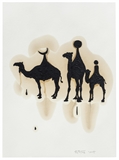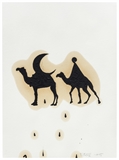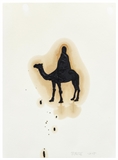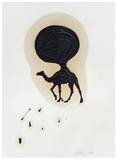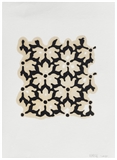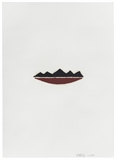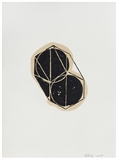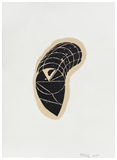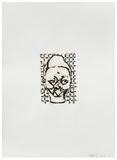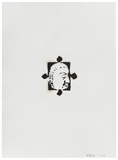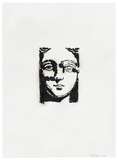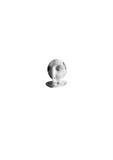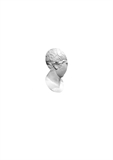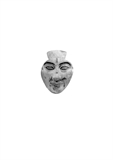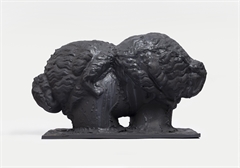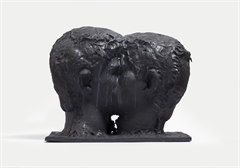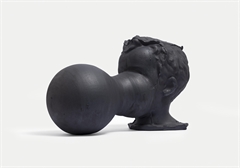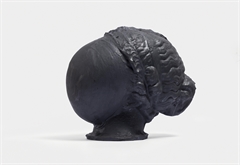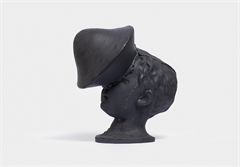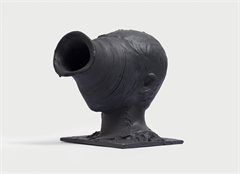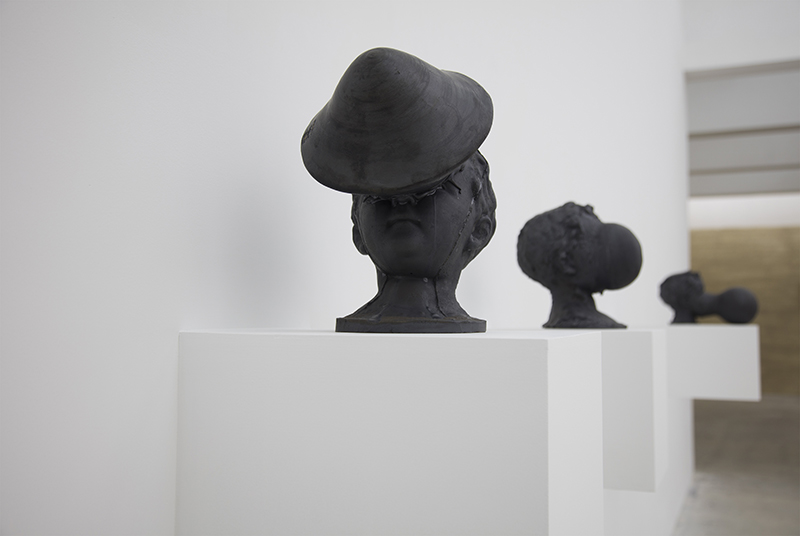
In his art, Yang Maoyuan has always pursued some form of the nonexchangeable, the unexplainable, the unclassifiable, that which cannot be placed into the existing system of artistic discourse and meaning. In other words, he is seeking out absolute heterogeneity. This pursuit may be rooted in his early experiences in the Gobi Desert, but the specific region of the Gobi has long ago been elevated into a presence beyond the system of everyday experience, a symbol of that which is alien.
Heterogeneity is a form of existence that cannot be encompassed in the system of society or be systematized in any way. This is precisely what lies at the core of avant-garde art, but for Yang Maoyuan, this is a heterogeneity of an ontological nature, rather than temporal discrepancy or political difference. His work is a process of pursuing or probing this heterogeneity. He references then removes context, reveals then conceals background, until that presence which cannot be restored emerges to be seen. What emerges from these shapes, masses, colors, materials or objects is always a primal form.
Yang Maoyuan, however, is not a formalist in the modern sense. For him, form does not stop at aesthetic, structural, medium or material attributes. In fact, he does not divide the world into form and content, but instead always grasps existence as a whole. It is with this in mind that we use the exhibition title Eidos to refer to his work. Chen Kang has translated this ancient Greek philosophical term into “Xiang” (meaning “form”), rather than the conventional translation of “Linian” (meaning “idea”), in order to emphasize the holistic nature of this form of existence.
Unlike the purely conceptual nature of philosophy, Yang Maoyuan’s images with archaeological tones tend instead towards a cultural history existence. In employing these different images and shapes, he appears to be summoning some universal form, an existence that is self-sufficient like mathematics, independent of knowledge or experience—belonging to man, but transcending the individual, belonging to culture but approaching substantive existence.
In this exhibition, Yang Maoyuan molds the sculpture and pottery of ancient Greece and Rome into a form lacking any defined referents. He retreats from formal and practical value to virtually extinguish all fixed meaning from history and culture within an indescribable material existence. The paintings and images in the exhibition hall also strip various cultural patterns from their original order and rearrange them into forms without context. The mud traces on the wall in the background come from the patterns of everyday life. Yang Maoyuan draws attention to the identity of these exceedingly familiar and often overlooked patterns as cultural prototypes, and thus alludes to the existence of an “objective knowledge” embedded in human civilization.

